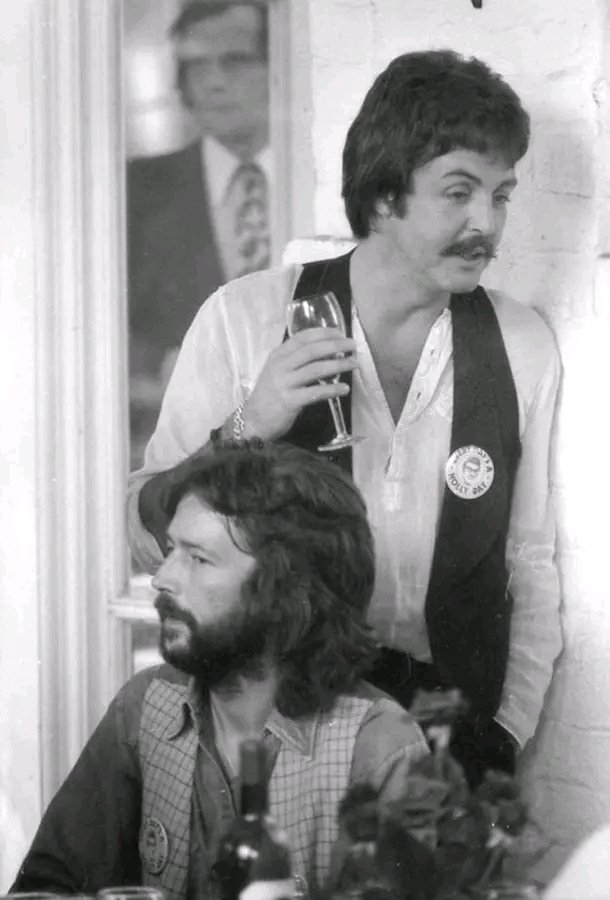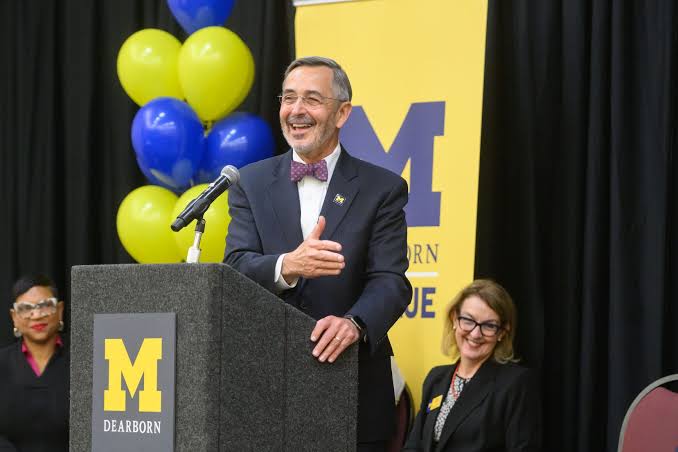The late 1960s was a period of intense creativity, experimentation, and occasionally, internal tension within The Beatles. Among the many legendary tracks they produced, George Harrison’s “While My Guitar Gently Weeps” stands out not only for its haunting melody and profound lyrics but also for the remarkable story behind its recording session. This story encapsulates the complex relationships, artistic visions, and personalities that defined one of the most influential bands in history.
The Genesis of the Song
George Harrison, often called “the quiet Beatle,” was increasingly eager to carve out his own musical identity within the band. Inspired by the teachings of Indian philosophy and the influence of fellow musicians like Ravi Shankar, Harrison composed “While My Guitar Gently Weeps” as a reflection on the emotional and spiritual state of the world. The song’s lyrics evoke themes of sorrow, disillusionment, and longing, making it one of the more introspective and serious compositions in The Beatles’ catalog.
Harrison envisioned a powerful guitar solo to complement the song’s emotional depth, and he believed that bringing in a skilled guitarist would elevate its impact. Enter Eric Clapton, a close friend of Harrison’s and one of the most renowned guitarists of the era, known for his expressive playing and mastery of blues and rock.
Clapton’s Invitation and Initial Resistance
George Harrison’s invitation to Clapton was both a gesture of friendship and a recognition of Clapton’s extraordinary talent. However, the decision was not without controversy within the band. The Beatles, at that point, had established a self-sufficient creative unit. Their recordings often involved all four members, with each contributing their unique sound, but they generally preferred to keep the process internal.
Paul McCartney, in particular, was somewhat uncomfortable with the idea of bringing an outside musician into the studio. The Beatles had a kind of insular culture, and the idea of a guest musician playing on one of their tracks challenged that norm. Paul’s reservations stemmed from a desire to maintain the band’s cohesion and perhaps a concern over the potential for external influences to dilute their collective identity.
George Harrison, however, was insistent. He believed Clapton’s guitar work could add a layer of emotional depth that Harrison himself might not fully capture. Harrison’s conviction was rooted in his respect for Clapton’s artistry and his desire for the song to resonate as powerfully as possible.
The Recording Session and Transformation
When Clapton arrived at Abbey Road Studios in 1968, the atmosphere subtly shifted. The band members, who were often relaxed and playful, became more focused and serious. Clapton’s presence was both a catalyst and a catalyst for change.
Clapton’s guitar solo on “While My Guitar Gently Weeps” is now legendary. His expressive bending and soulful phrasing brought a sense of vulnerability and depth to the track. Interestingly, Clapton played the solo in a way that was almost improvisational, capturing the raw emotion Harrison envisioned. His contribution was so integral that it’s often regarded as one of the finest guitar solos in rock history.
During the session, the camaraderie among the musicians was palpable. Clapton’s respectful and subtle playing complemented the song’s mood without overpowering it. His presence was a testament to the respect and friendship between the two guitarists, despite the initial reservations from some of The Beatles.
Paul McCartney’s Perspective and the Aftermath
While McCartney’s initial reaction was one of discomfort, he eventually recognized the value Clapton brought to the track. The recording session marked a subtle shift in the band’s approach—one that acknowledged the importance of external talent and collaboration in achieving artistic excellence.
The collaboration also highlighted the complex dynamics within The Beatles. McCartney, often seen as the more pragmatic and controlling member, had to reconcile his reservations with the artistic benefits of inviting Clapton. This incident foreshadowed the band’s willingness to experiment and incorporate outside influences in their later work, such as using session musicians and exploring new studio techniques.
The Legacy of “While My Guitar Gently Weeps”
The song’s recording history adds a layer of depth to its enduring legacy. The guitar solo by Clapton is not just a technical masterpiece but also a symbol of artistic openness and friendship. Despite initial hesitations, the collaboration resulted in a track that is both emotionally powerful and sonically rich.
George Harrison’s decision to include Clapton was a testament to his understanding of music’s collaborative nature. It also reflected the evolving landscape of popular music, where artists increasingly recognized the value of outside input and cross-pollination of ideas.
Reflections on Creative Clashes and Respect
This story underscores that even among the most talented and respectful musicians, creative clashes and disagreements are inevitable. Yet, these moments can lead to some of the most memorable and influential works in music history. The mutual respect between McCartney, Clapton, and Harrison exemplifies how differing visions and personalities can coexist and even enhance the final artistic product.
Conclusion
The recording of “While My Guitar Gently Weeps” remains a shining example of how collaboration, respect, and a shared passion for music can transcend initial reservations. It also highlights the human side of legendary artists—their doubts, disagreements, and ultimately, their capacity for creating timeless art together. The song continues to inspire musicians and fans alike, reminding us that sometimes, the best results come from stepping outside comfort zones and embracing the contributions of others.



